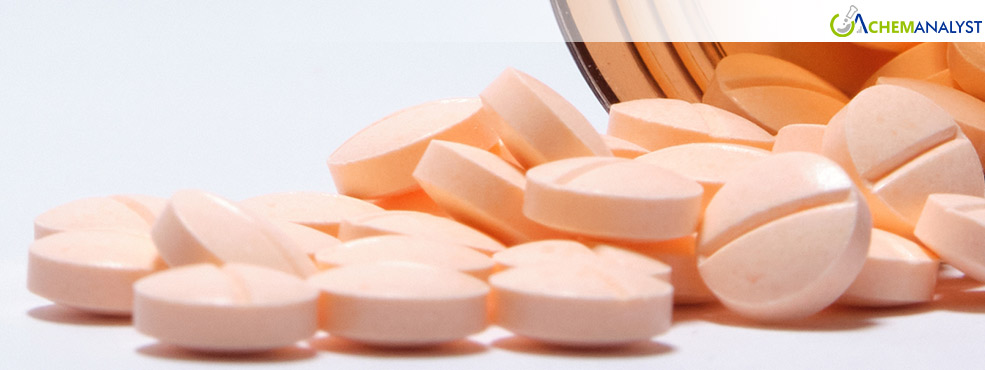Caprolactam Market Remain Flat in April as Market Awaits Demand Revival
- 22-Apr-2025 6:15 PM
- Journalist: Alexander Pushkin
Caprolactam prices remained largely unchanged throughout China and Germany in the third week of April 2025, as global economic uncertainties persisted, cost pressures were muted, and downstream sectors like autos and textiles remained cautious. Despite regional differences in trade policies and logistical dynamics, both markets had a similar pattern of lacklustre demand and poor raw material cost support, resulting in curtailed activity and flat pricing overall.
Caprolactam prices in China were stable, with a continued balance between supply and demand dynamics although the market had bearish undertones. Declines in price for feedstock, especially benzene and cyclohexanone, narrowed down production margins and discouraged bold pricing strategies.
The downstream Polyamide 6 industry, a significant user of Caprolactam, witnessed a decline as several producers resorted to maintenance shutdowns to correct excessive inventory levels. This resulted in a sharp decline in Caprolactam consumption, with customers preferring to draw on current stockpiles instead of entering new purchases. Persistent trade and geopolitical conflicts weakened public confidence, deterring new Caprolactam orders and limiting global trade.
Similarly, Germany's Caprolactam industry also showed a stable price trajectory in the same time frame but with local drivers strongly impacted by logistics and geopolitical issues. Feedstock prices for benzene and cyclohexanone remained low, offering little incentive for upward price movement.
On the demand side, sentiment remained subdued with port congestion in Europe worsening due to shipping disruptions globally, specifically from the on-going US-China trade war. A significant amount of Caprolactam volumes initially destined for other regions is currently being diverted to Europe, leading to congestion at ports such as Hamburg and Rotterdam. This increased influx of low-cost imported goods, while reducing costs, placed domestic manufacturers out of business and hence further depressed regional demand by curtailing procurement activities.
In the short term, China's Caprolactam market is likely to stay under strain, with no immediate signs of a rebound in downstream consumption or any meaningful shifts in feedstock trends. Unless Polyamide 6 manufacturers return to full production or external demand picks up, the market will probably remain in limbo, with prices experiencing little movement.
Germany, on the other hand, could witness increased pressure on its home market if congestion at ports continues, and Asian imports continue to be competitively priced. As local producers contend with compression in margins and downstream industries staying cautious, Caprolactam pricing would tend to be flat or weaken somewhat unless logistics return to normal and European consumption picks up.



